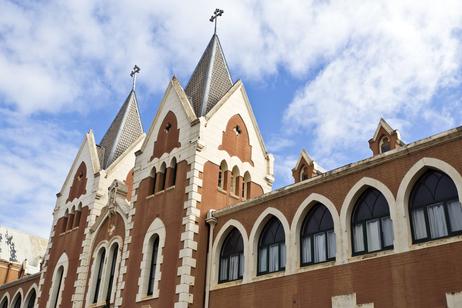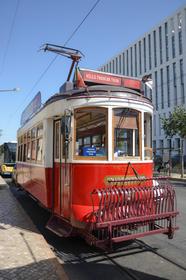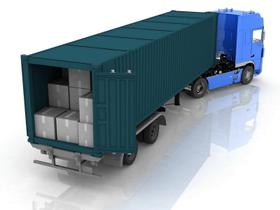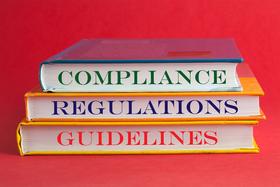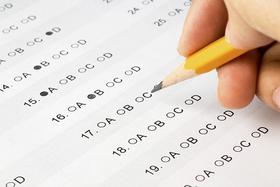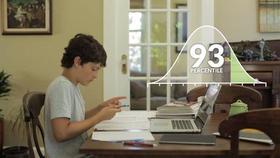Years ago, I ran a small private school with 110 students in grades 9-11. I know how many demands consume a busy administrator's attention and time. I also know firsthand how difficult it is to get the owner of a private school to spend money on even the most critical items. With that in mind, I offer the following talking points for the small private school owner and her board of trustees.
How exposed is your school?
When I asked the question, which is the title of this article, I had in mind your exposure on three fronts:
- Legal
- IT Infrastructure
- Public relations
IT Infrastructure
I will not scare you off with a lot of tech-speak regarding your IT infrastructure. But I highly recommend hiring an IT expert to review your school's IT infrastructure and make recommendations. By recommending this approach, I am a practical business person. Let's say your IT backend crashes, and you lose all your student and business data. And you have no resumption of a business plan or data backups in place. You will have a tough time making an insurance claim and getting your school back up and running.
An impartial IT consultant will confirm that your technology infrastructure has kept up with the times. Sadly, many organizations are still running Windows XP, for which support ended in 2014. Those Windows XP computers are easy targets for hackers.
You cannot





